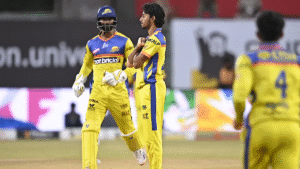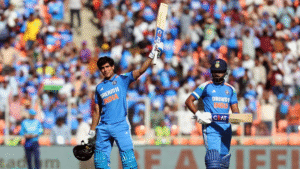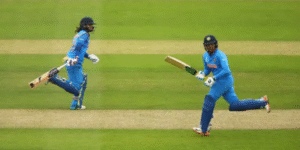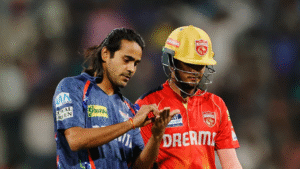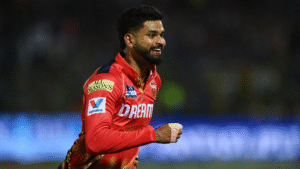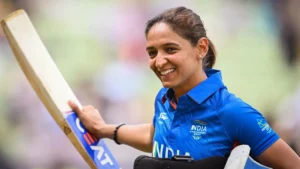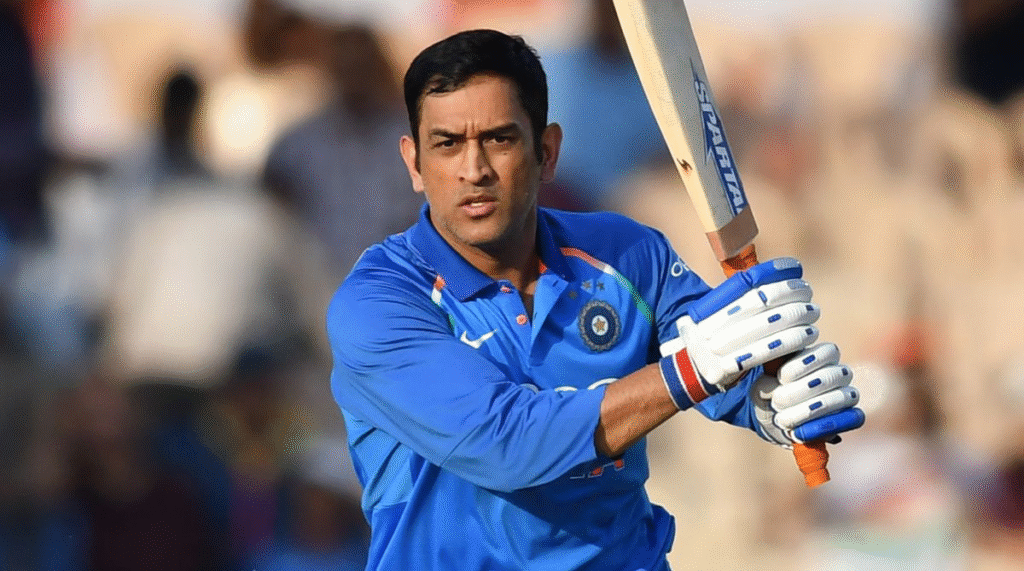
After 20-plus years in competitive cricket and 12 years as part of India’s T20I squad, MS Dhoni’s T20 batting remains one of cricket’s most polarizing topics. You either love him or hate him – there’s barely any middle ground when discussing Captain Cool’s performance in the shortest format.
The debate around his T20 performance often centers on whether he’s genuinely elite or simply average. Through comprehensive statistical analysis of his 85 T20I innings, we can finally answer this contentious question.
Related: Check out our cricket statistics analysis and T20 batting techniques
Captain Cool’s T20 Statistics: The Numbers Behind MS Dhoni’s Batting
At first glance, his T20I statistics tell a mixed story:

These numbers appear modest by modern T20 standards, but they lack crucial context about his role and batting positions.
Understanding Dhoni’s Role: The Middle-Order MS Dhoni T20 Batting Specialist
His performance was primarily defined by his role as a finisher, typically coming in at numbers 5 or 6. This context is crucial for evaluating his performance fairly.
Batting Position Analysis
His performance at different positions reveals interesting patterns:
- Positions 5-6: 58 innings, average 36, strike rate 118
- Position 4: 12 innings, average 51, strike rate 153.6
The stark difference in strike rates highlights how his approach varied significantly based on match situation and timing of entry.
First Innings vs Second Innings: The MS Dhoni T20 Batting Chase Master
His performance showed marked improvement while chasing:

This data confirms the popular perception that his T20 performance was most effective during run chases, where he could calibrate his approach to specific targets.
The Pressure Situation Specialist
Analysis of his performance in unsuccessful chases reveals his ability to perform under extreme pressure. In 8 innings where he scored 25+ runs during losing chases:
- Average entry point: 80 for 4 (around 10th over)
- Distance from target: ~100 runs
- Only 1 out of 8 innings was genuinely his fault for the loss
This suggests his T20 performance was often the last line of defense rather than the cause of failure.
Readers may also like: How Dhoni’s Batting Struggles Ended His Career
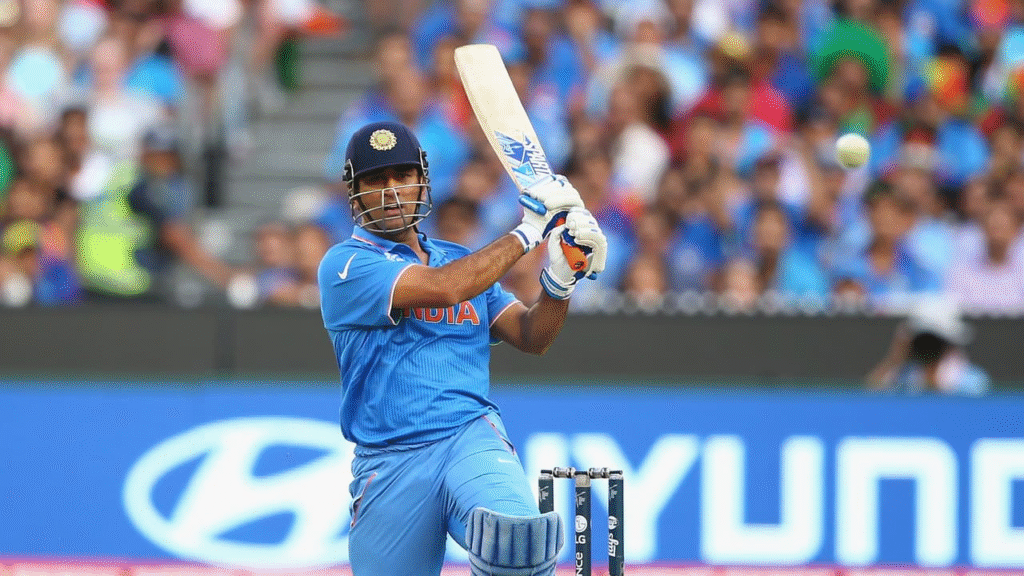
The Strike Rate Debate: MS Dhoni T20 Batting Context Matters
Critics often point to his strike rate of 126. However, comparing him to contemporary middle-order batters provides perspective:
Among the top 15 run-scorers at positions 5-6 during Dhoni’s era:
- Dhoni had one of the highest averages (37.6)
- But one of the lowest strike rates (118 at positions 5-6)
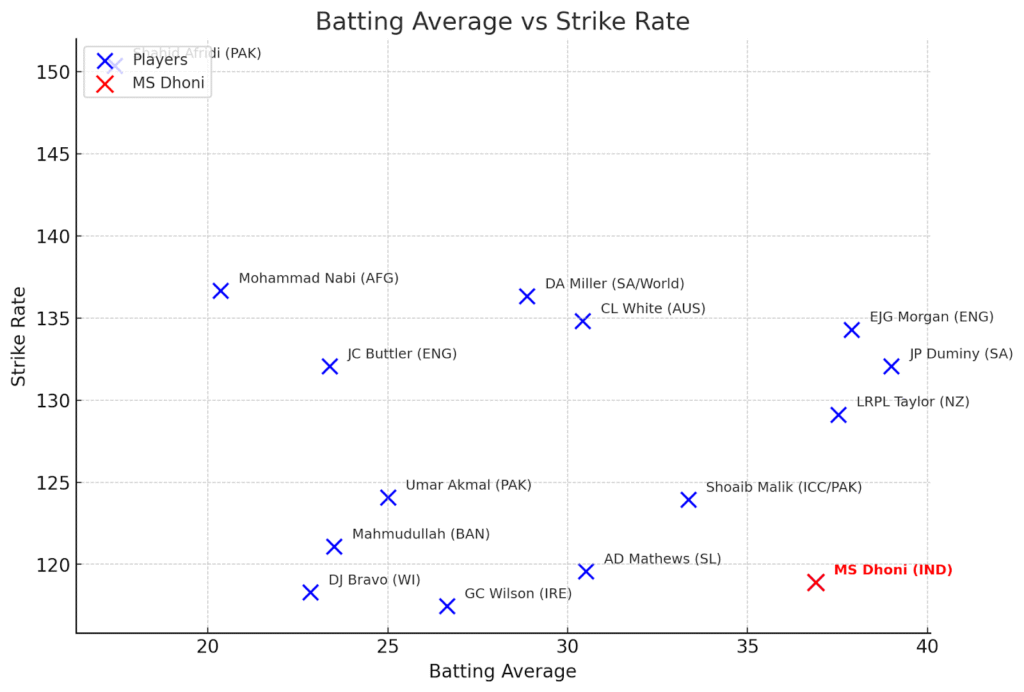
This comparison suggests his approach prioritized consistency over explosiveness, which may have been a strategic choice given his role.
Median Metrics: A Fairer Assessment
Traditional averages can be misleading for middle-order batters due to not-outs. His median statistics provide clearer insights:
Career Median Performance
- Median Score: 16 runs
- Median Strike Rate: 121
- Translation: Likely to score 16 runs in 13 balls per innings
First Innings Wins (Median)
- Median Score: 13 runs
- Median Strike Rate: 136
- Translation: 13 runs in 10 balls when India won batting first
These metrics suggest his T20 career was characterized by brief but impactful contributions rather than extended innings.
The Position 4 Anomaly: Where Captain Cool’s T20I Batting Excelled
His performance at number 4 showed remarkable improvement:
- Average: 51
- Strike Rate: 153.6
- Median Score: 21
- Median Strike Rate: 155
This dramatic improvement occurred when Dhoni batted higher up the order, typically in situations requiring quick runs in the final overs or when chasing modest targets.
Why the Low Strike Rate at 5-6?
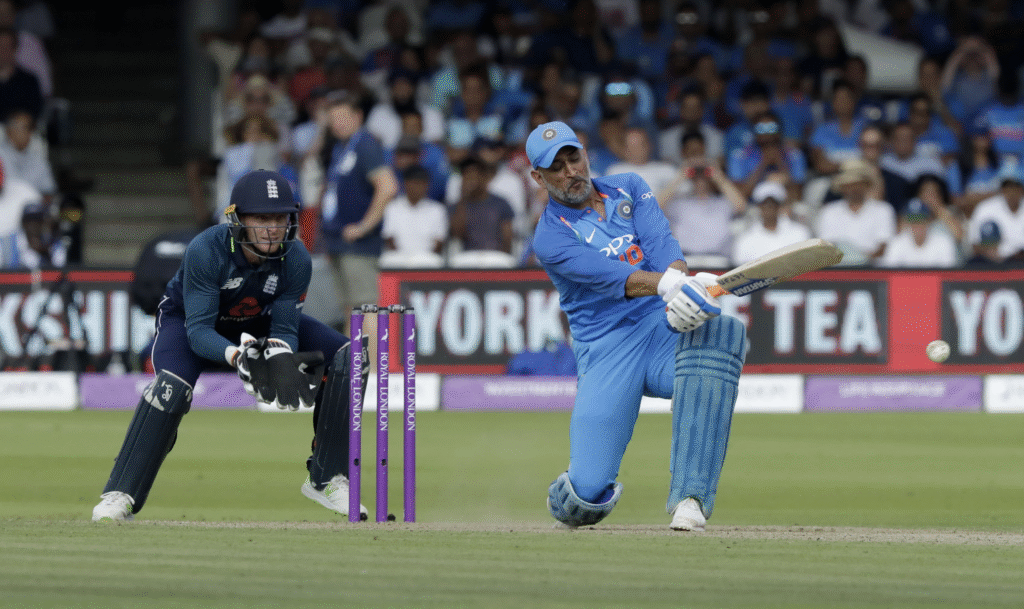
Several factors contributed to his conservative approach at usual positions:
Situational Constraints
- Pressure Situations: Often entered when team was struggling
- Wicket Conservation: Had to build partnerships with lower-order batters
- Unknown Targets: In first innings, no specific target to chase
The Slow Starter Problem
His approach was characterized by taking time to settle, which worked in ODIs but was problematic in T20s. This became more pronounced in later career phases as scoring rates increased throughout the world.
Comparing Dhoni to World Standards
When his T20 performance is compared globally among positions 5-6 batters:
Strengths:
- Exceptional average (37.6)
- Reliability under pressure
- Strong record in successful chases
Weaknesses:
- Below-par strike rate for the era
- Limited boundary-hitting ability early in innings
- Struggled to accelerate quickly from the start
You can also check out our Youtube video on the topic:
The Verdict: Context is King
His T20 performance cannot be evaluated in black and white terms. The analysis reveals:
What He Excelled At:
- Finishing chases when target and required rate were clear
- Pressure situations where others crumbled
- Strategic batting when promoted up the order
- Consistency over extended periods
Where He Struggled:
- Strike rate in longer innings at positions 5-6
- Early acceleration when batting first
- Adapting to evolving T20 trends in later career
The Final Assessment
MS Dhoni’s T20 batting was neither exceptional nor poor – it was precisely what India needed during his era. His role as a finisher required different skills than explosive top-order batting, and he largely delivered in that capacity.
The criticism often stems from comparing him to modern T20 specialists rather than evaluating his performance within the context of his role and era. When assessed fairly, his record shows a player who maximized his utility within specific parameters.
His legacy should be remembered for clutch performances under pressure rather than raw statistical dominance. In the high-stakes moments that defined matches, few were more reliable than Captain Cool.


